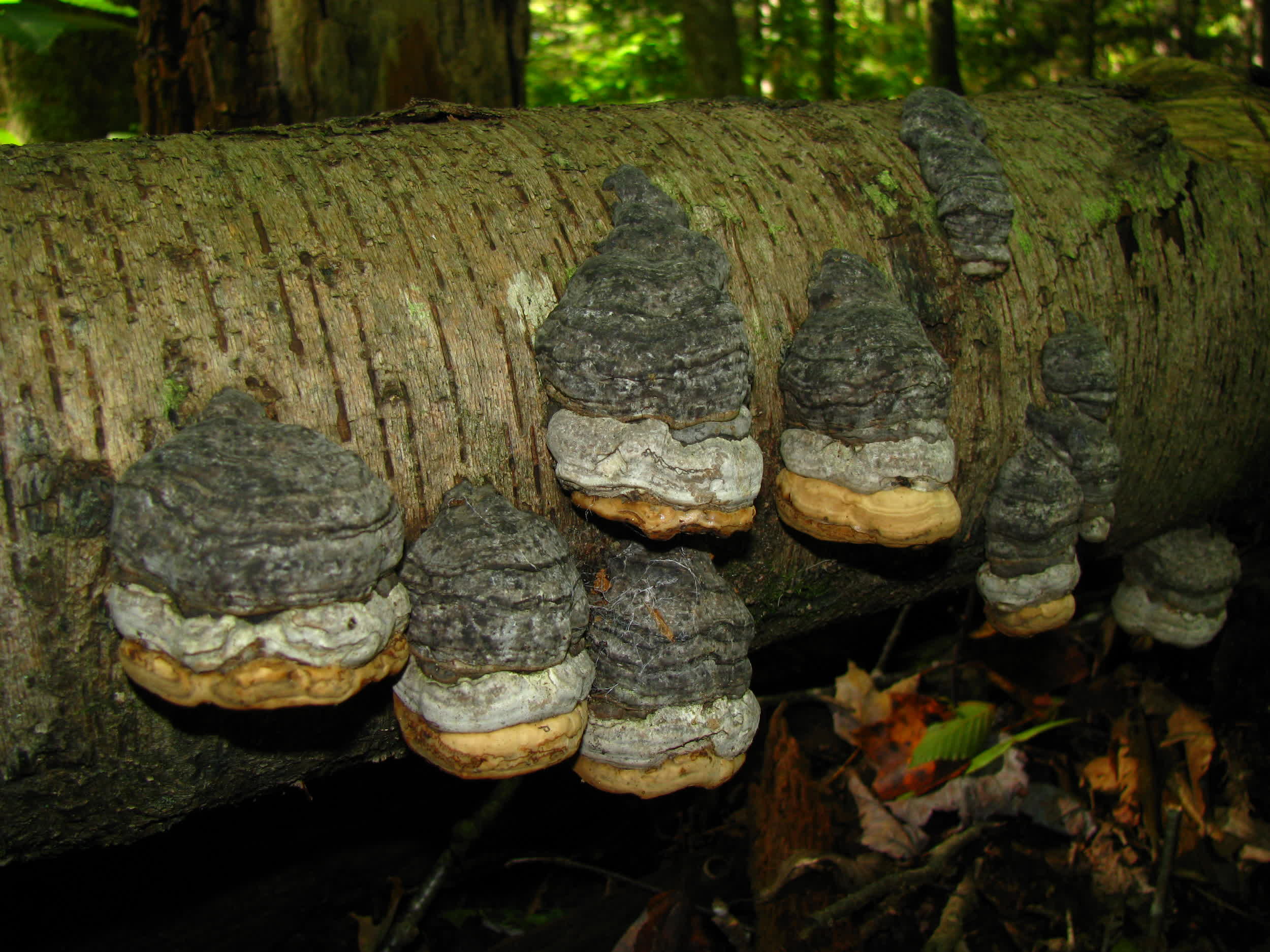In context: Weirdly shaped like a horse's hoof, F. fomentarius is a species of fungal parasite that grows on the side of trees which it infects through broken bark. When the tree dies, the fungus continues to thrive, changing from a parasite to a decomposer.
In the award-winning video game and TV series The Last of Us, a parasitic fungus turned into an apocalyptic brain infection that wiped civilization from the planet. Aside from inspiring fictional works, fungi could also play a major role in providing a biodegradable alternative to plastic-based electronics or, in the case of Fomes fomentarius, they could inspire next-generation materials for body armor, aircrafts and more.
By studying F. fomentarius, a team of Finnish researchers found that its complex structure could provide a novel architectural design for "high-performance ultralightweight materials." High strength, hardness, and fracture toughness are mechanical properties not commonly associated with the fleshy body of a fungus, the researchers explain, but F. fomentarius is an amazing exception to this rule.
The team studied and detailed structural, chemical, and mechanical features of the fungus, discovering three distinct layers mostly made of mycelium, which is a network of fungal threads that is usually supporting fungi growth by dwelling underground. In the three layers of F. fomentarius, however, the material exhibits distinct microstructures with "unique preferential orientation, aspect ratio, density, and branch length."

The multi-layered structure of F. fomentarius includes a hard, outer crust, a foam-like middle layer called "context," and a final section of hollow tubes called hymenophore tubes (H. tubes). Thanks to its complex internal structure, F. fomentarius can be lightweight yet strong enough to resist being knocked down from its site on the side of a tree. The researchers say H. tubes alone are comparable in strength to wood, but they are much lighter than wood.
The unique properties of the F. fomentarius internal structure could offer a great source of inspiration for producing "multifunctional materials," with outstanding properties for different applications in the medical and industrial fields. The same multi-layer structure would be useful for designing rugged solutions like body armor, exoskeletons for aircraft, surface coatings for windshields and more.
According to Pezhman Mohammadi, a scientist at VTT Technical Research Centre of Finland and a senior author on the study, nature provides a "huge variety of solution to different material engineering problems." Many of these solutions are still waiting to be discovered and detailed, the researcher said.
